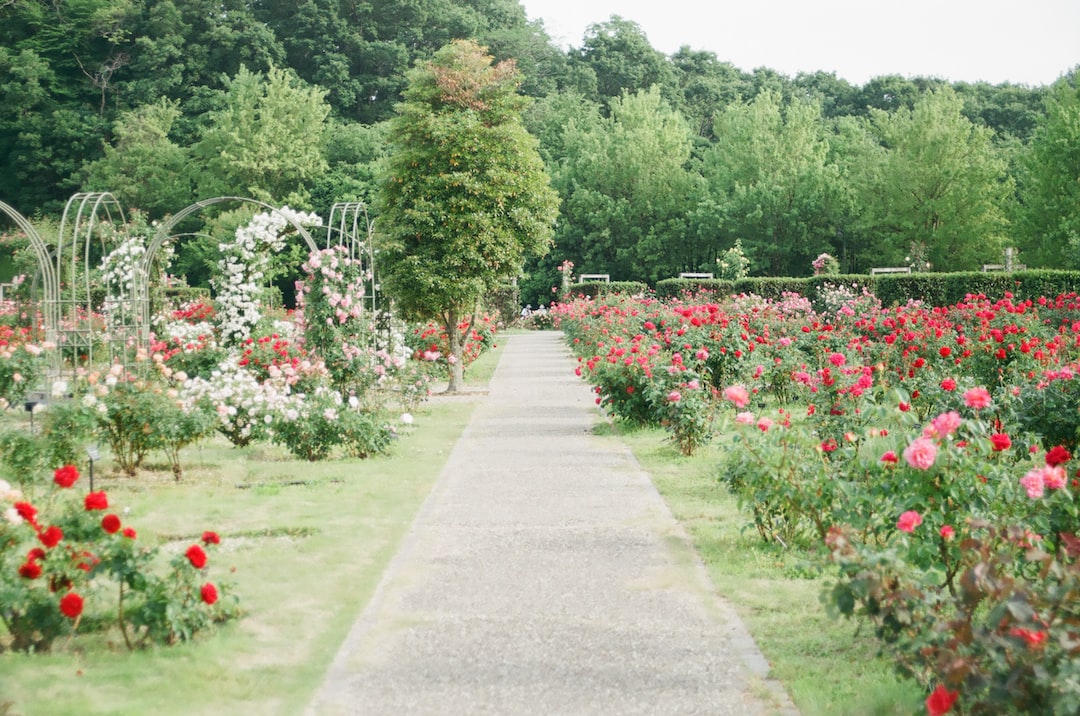In recent years, the decline of bee populations and other pollinators has become a growing environmental concern. These tiny creatures play a vital role in our food system, as they are responsible for pollinating a significant portion of the world’s crops. By attracting bees and other pollinators to your garden, you can help support their populations while also enjoying some beautiful blooms. Here are some tips on how to create a bee-friendly garden.
1. Plant a variety of flowers: Bees are attracted to a wide range of flowers, so it’s important to include a diverse selection in your garden. Vary the colors, sizes, shapes, and scents of the flowers to accommodate different pollinators. Native plants are an excellent choice as they have co-evolved with local pollinators and are usually well-tailored to their needs.
2. Provide a continuous food source: Bees require a steady supply of nectar and pollen throughout the growing season. Plan your garden to ensure there is always something in bloom. Choose flowers with staggered bloom times, including early spring, late summer, and fall-blooming varieties, to provide a consistent food source.
3. Incorporate herbs and vegetables: Many herbs and vegetables produce flowers that are attractive to bees and other pollinators. Plants like basil, thyme, oregano, and squash can add beauty to your garden while also acting as a magnet for these beneficial insects.
4. Create habitat and shelter: Bees and other pollinators need suitable habitats to thrive. Incorporate structures such as rocks, logs, and insect hotels to provide nesting opportunities. Leave some areas of your garden undisturbed and avoid the use of pesticides to allow ground-nesting bees to establish their homes.
5. Include water sources: Bees need water to survive, especially on hot summer days. Provide shallow water sources, such as a birdbath or a shallow dish filled with pebbles. Make sure to include floating cork or stones to prevent the bees from drowning.
6. Avoid using pesticides: Pesticides, including insecticides and herbicides, can be harmful to bees and other pollinators. Instead, practice organic gardening methods like handpicking pests or using natural insect repellents. If pest control is necessary, opt for eco-friendly alternatives that don’t harm pollinators.
7. Be mindful of gardening practices: Some gardening practices can unintentionally harm bees and other pollinators. Avoid excessive mulching, as this can smother ground-nesting bees. Be cautious when mowing or using string trimmers to not disturb nests or inadvertently harm insects.
8. Welcome butterflies and hummingbirds: Butterflies and hummingbirds are also important pollinators. To attract them, include plants with brightly colored flowers like milkweed for butterflies and tubular flowers like hummingbird mint for hummingbirds.
9. Educate yourself and others: Learn more about the importance of pollinators and share your knowledge with friends, neighbors, and children. By raising awareness and promoting pollinator-friendly practices, we can all contribute to their conservation.
10. Join local initiatives: Look for local organizations or initiatives dedicated to protecting and conserving bees and other pollinators. Participate in their activities, attend workshops, or volunteer your time to support their cause.
By implementing these tips, you can create a garden that not only attracts bees and other pollinators but also contributes to their well-being and survival. Together, we can make a difference and help ensure the health and abundance of these invaluable creatures.

